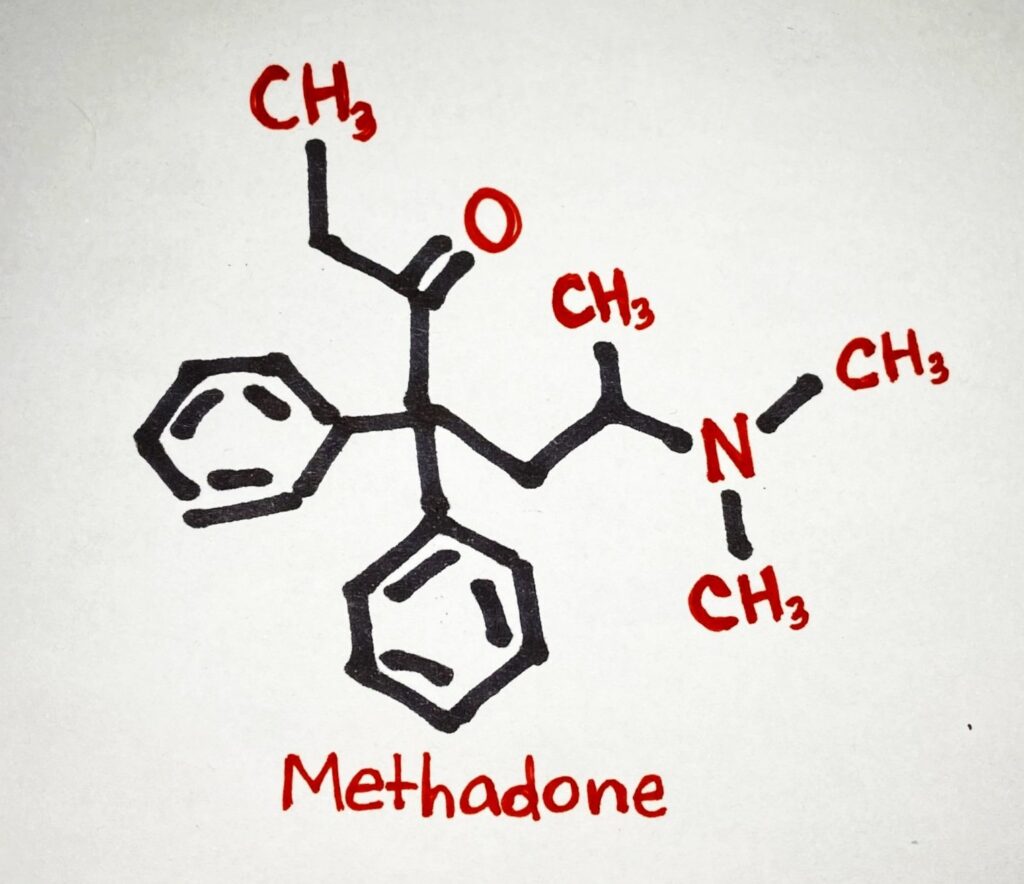How the RTO stakeholder process affects market efficiency
This white paper analyzes the role that the regional transmission organization (RTO) and independent system operator (ISO) stakeholder-governance process plays in ensuring the competitiveness and efficiency of a wholesale electric market. In the United States, RTOs and ISOs maintain operational control of the regional electric-transmission grids, operate the regional competitive electric markets and plan for future grid expansion, while maintaining open access to a reliable electricity system. This paper reviews the stakeholder-governance processes in the six jurisdictional RTOs and ISOs of the Federal Energy Regulatory Commission (FERC): the Midcontinent Independent System Operator (MISO), the Southwest Power Pool (SPP), the California Independent System Operator (CAISO), the Independent System Operator of New England (ISONE), the New York Independent System Operator (NYISO) and the PJM Interconnection (PJM).
Stakeholders play an important role in an RTO’s operation. This is because stakeholder governance is one of the primary processes for the development, amendment and proposal of RTO market rules and tariffs for approval. This process is shared among stakeholders—RTO staff, RTO boards of directors and ultimately, FERC and the courts. These governance processes play a key role to identify, review and confirm market-rule development. In the various RTO committees, stakeholders bring forth issues for discussion and if proponents secure sufficient support, they vote to move them forward. Market rules in RTOs can take a number of forms, but final rules are detailed in FERC-approved tariffs.
Throughout this paper, we will refer to the RTO stakeholder-governance process in general terms, although each of the RTO stakeholder processes have unique structures that influence their function in the market-rule development process. To understand and analyze the function of these unique structures is central to evaluate the effectiveness of the stakeholder-governance process.
RTO stakeholders are grouped together in various sectors: transmission owners, electric generators, end-use customers, marketers and/or brokers, public power entities, consumer advocates and environmental groups. RTO operating agreements or bylaws define sector membership. For an entity to become a member of a sector, they must formally apply for membership and meet the associated criteria. For example, members of the transmission-owner and generation sectors usually must have a defined level of ownership interest in that form of electric infrastructure to qualify for membership. For these reasons, membership is often limited to incumbent players, rather than those who intend to develop infrastructure in the future. Generally, each formal sector is allocated a voting interest in the stakeholder-governance process. Tallies of individual member votes within the sector then account for how votes are allocated. Also, RTO members take part in the formal stakeholder committees and working groups that assist in market-rule development. Nonvoting members, which in some RTOs may include state public service commissions, may also be granted the right to attend and participate in stakeholder meetings.
Image by Creative Stall









